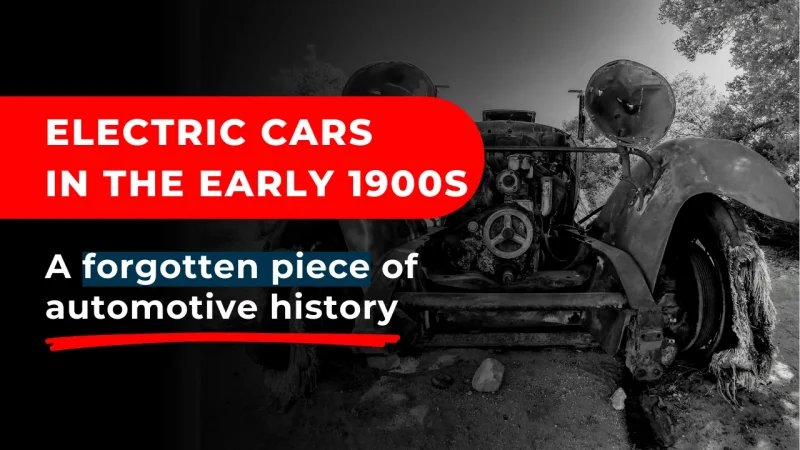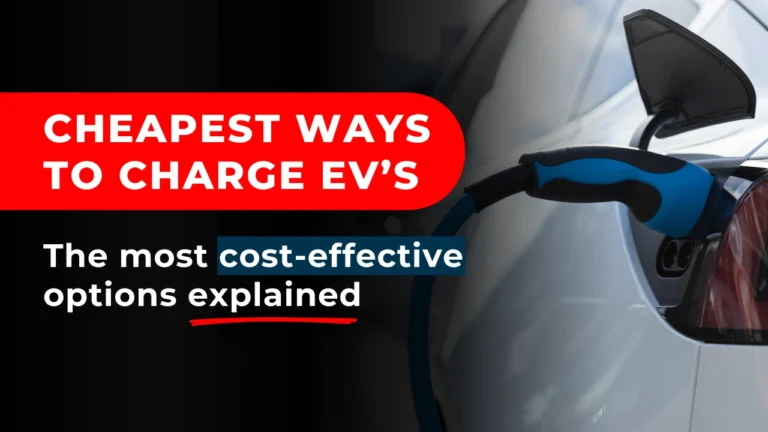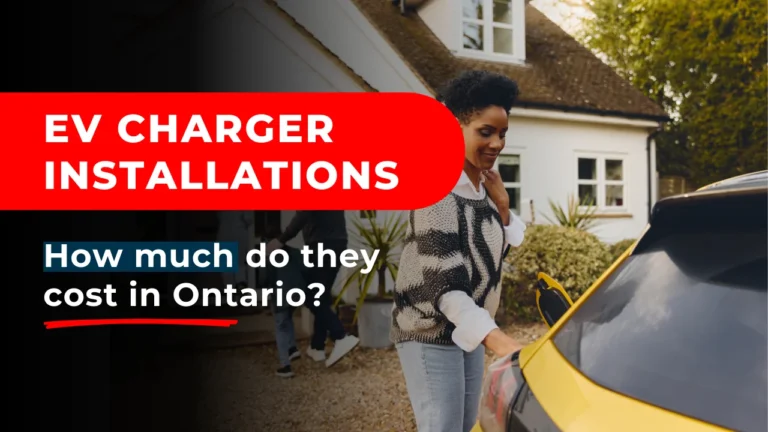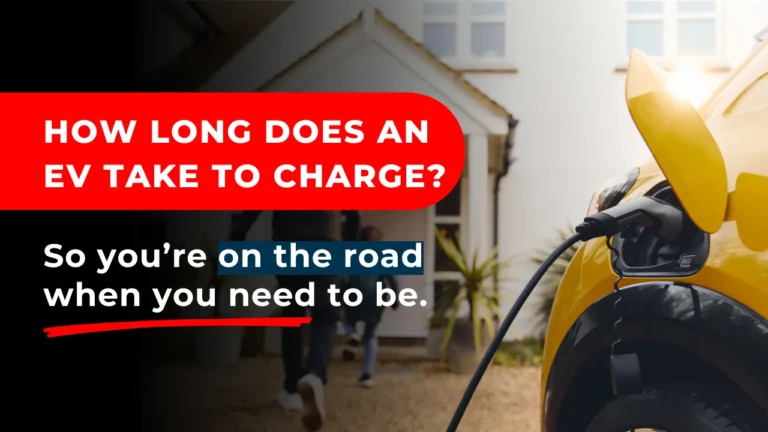When you think about electric cars, you might picture the sleek Teslas of today, gliding silently down the road with their cutting-edge technology. But did you know that electric cars have been around since the 1900s?
Yes, more than a century ago, electric vehicles (EVs) were making their mark on the roads. While they might not have had the speed or range of modern EVs, they were innovative for their time and offered a glimpse of what the future of transportation could be.
The Birth of Electric Cars
Electric cars actually predate the gasoline-powered cars that dominate our roads today. The earliest EVs can be traced back to the 19th century, but it wasn’t until the 1900s that they began to gain some traction. At that time, the automotive industry was still in its infancy, and different types of propulsion systems were being explored, including steam, gasoline, and electricity.
In the beginning, electricity appeared to win out. In the late 1800s, inventors across the globe were experimenting with electric vehicles. One of the first successful electric cars was developed by William Morrison, a chemist from Des Moines, Iowa, in 1891. Morrison’s vehicle could travel up to 14 miles per hour and had a range of about 50 miles on a single charge. It wasn’t fast, but for the time, it was a significant achievement.
By the early 1900s, electric cars had started to become more popular, especially among the wealthy. They were seen as cleaner, quieter, and easier to operate compared to gasoline-powered cars. Unlike gasoline models, which required hand cranking to start, electric vehicles started with the push of a button or the turn of a key. This made them especially appealing to women and city dwellers who didn’t want to deal with the noise, smell, and hassle of gasoline engines.
Early Models of Electric Cars

Several companies began producing electric cars in the early 1900s. Some of the most notable models included the Columbia Electric Car, the Detroit Electric, and the Baker Electric. These vehicles were typically small, lightweight, and designed for urban driving.
The Columbia Electric Car
Manufactured by the Electric Vehicle Company, the Columbia Electric Car was one of the most popular electric vehicles of its time. It featured a simple design, with a range of about 40 miles and a top speed of around 15 miles per hour. The car was marketed as an ideal vehicle for city driving, offering a smooth and quiet ride.
The Detroit Electric
The Detroit Electric was produced by the Anderson Electric Car Company and was one of the longest-lasting electric vehicle brands of the era. Between 1907 and 1939, the company produced over 13,000 vehicles. The Detroit Electric was known for its reliability and could travel up to 80 miles on a single charge, making it one of the most practical electric cars of its time.
The Baker Electric
Produced by the Baker Motor Vehicle Company, the Baker Electric was another popular electric car in the early 1900s. It featured a distinctive design, with a high roof and large windows, and was often used by well-to-do city dwellers. The Baker Electric had a range of about 50 miles and could reach speeds of up to 20 miles per hour.
How Were These Cars Charged?
Charging an electric car in the 1900s was a far cry from the fast-charging stations you see today. Early electric vehicles were powered by lead-acid batteries, which were heavy and took a long time to charge. The process of charging an electric car involved plugging it into a standard electrical outlet, usually at home or at a charging station.
Home charging was common among early electric car owners, especially since many of them were wealthy enough to afford their own private garages. These garages often had dedicated charging equipment, allowing owners to plug in their cars overnight. It wasn’t uncommon for an electric car to take several hours to fully charge, and in some cases, it could take up to a day.
In larger cities, there were public charging stations where you could park your car and charge it while you ran errands or attended to business. These stations were often located at hotels, department stores, and other urban locations frequented by the upper class. Some charging stations even offered valet services, where an attendant would take care of plugging in your car for you.
Despite the long charging times, electric cars had an advantage in urban areas where trips were generally short. You could easily drive your electric car around town, run your errands, and then return home to charge it overnight. For many, this convenience outweighed the limitations of the battery technology at the time.
The Decline of Electric Cars
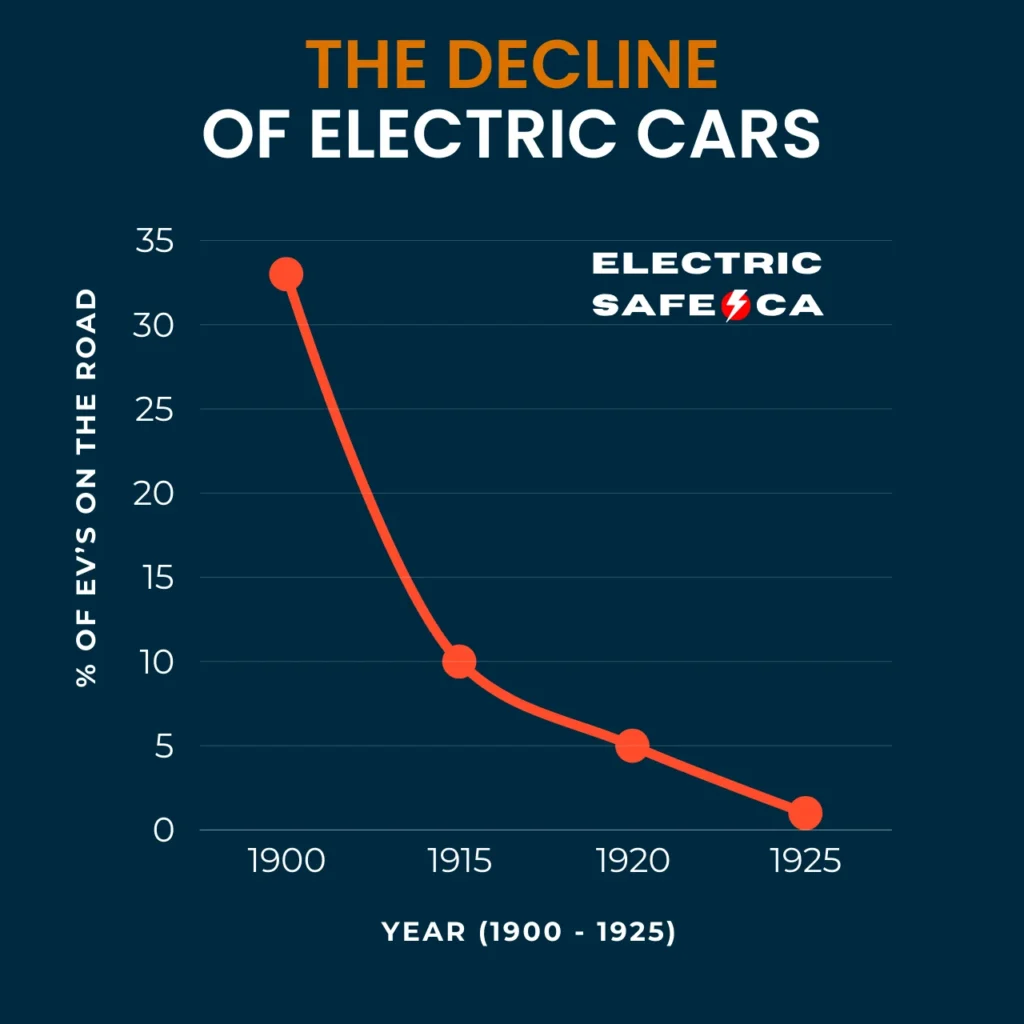
Despite their early success, electric cars began to decline in popularity as the 1900s progressed. There were several reasons for this shift, and understanding them can help you appreciate why gasoline-powered cars eventually came to dominate the market.
One of the main factors was the improvement of internal combustion engines. Gasoline-powered cars became more reliable, affordable, and efficient over time. The invention of the electric starter in 1912, which eliminated the need for hand cranking, made gasoline cars more appealing to a broader audience.
Additionally, the discovery of large oil reserves and the mass production techniques pioneered by Henry Ford made gasoline-powered cars cheaper and more accessible to the average person. Ford’s Model T, introduced in 1908, was a game-changer. It was affordable, easy to maintain, and had a much greater range and speed than electric cars. With gasoline readily available and inexpensive, it wasn’t long before electric cars were pushed to the sidelines.
The infrastructure for gasoline cars also grew rapidly. Gas stations began popping up across the country, making it easier to refuel on long trips. Meanwhile, the charging infrastructure for electric cars remained limited to urban areas and private homes. As rural roads improved and more people moved to the suburbs, the need for longer-range vehicles grew, and electric cars simply couldn’t keep up.
By the 1920s, electric cars had all but disappeared from the market. A few companies continued to produce them for niche markets, such as delivery vehicles and taxis, but they were no longer a common sight on the roads. The electric car, once a symbol of innovation and progress, had been overtaken by the gasoline-powered automobile.
The Legacy of Early Electric Cars
While electric cars may have faded from the spotlight in the 1900s, they left a lasting legacy. The early experiments with electric propulsion laid the groundwork for the EVs you see today. The challenges faced by early electric cars, such as limited range and charging infrastructure, are still relevant today, though modern technology has made significant strides in addressing these issues.
The early electric cars also serve as a reminder that innovation is not always linear. Sometimes, great ideas take time to develop and mature. The resurgence of electric cars in the 21st century, driven by concerns about climate change and advancements in battery technology, shows that the potential of electric vehicles was never truly lost.
When you drive an electric car today, you’re part of a long history that dates back more than a century. The next time you see a Tesla or a Nissan Leaf on the road, remember that these vehicles owe a debt to the pioneers of the 1900s who first imagined a future where cars could run on electricity.
Do You Own an Electric Car?
If you have a modern electric car, you’ll want to ensure you have a reliable charging solution at home. At ElectricSafe in Hamilton, we can install a home charger for you, making it easier and more convenient to keep your EV ready for the road. To get started and enjoy the convenience of charging your electric car right at home, call (647) 559-9382.

